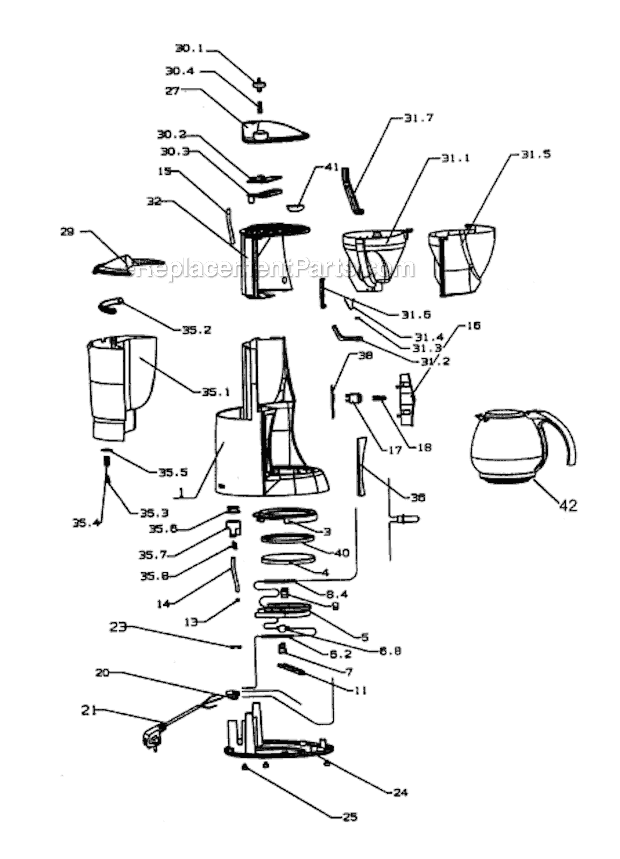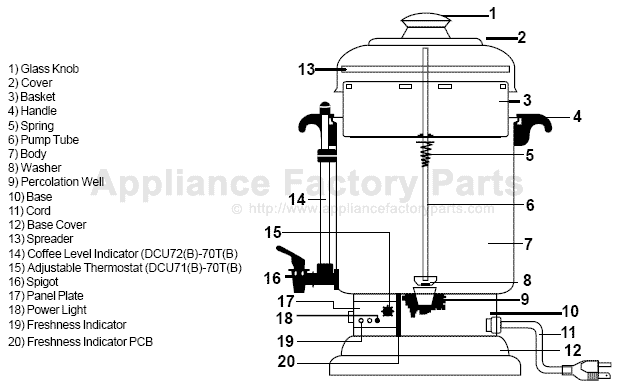

There's quit some internal parts you will need.

(English is not my native language, so excuse me for any spelling mistakes or wrong use of certain words.) Never leave the coffee maker running alone. I'm not responsible if anything goes wrong. Electricity can be dangerous so double check everything before testing. Please keep all safety aspects in consideration. If there are any suggestions for improvement or any mistakes in my instructable, please let me know so I (or you) can adjust it. NOTE: This is a prototype, so some components or parts might have to be optimized.

You will need a 3D-printer (I used the Makerbot Replicator 2X from Fablab Genk for the 3D-printed parts), a setup for casting aluminum and the right tools for assembling the internal components to each other and to the casing. I made everything by learning from online tutorials, by using as much scrap material as possible and by utilizing the local fablab: Fablab Genk. I tried using as much locally produced parts as possible and using as many components as possible which are not related to a specific model or product. So when I would ever get tired of coffee, I can send back my 3D-printed parts to Filabot (they have a recycling service) and I can remelt and reuse the aluminum for new projects. There is no glue used so you can always disassemble and reuse/recycle every part. Other parts are made by casting local waste aluminum (such as cans, aluminum foil and chips from cnc milling aluminum). The parts from the casing were printed using Filabot filament, which is made out of recycled plastic. Nearly all components are from readymade diy parts & materials, so if any part ever breaks, you can repair or replace it. This instructable is for making an electric coffee maker.


 0 kommentar(er)
0 kommentar(er)
